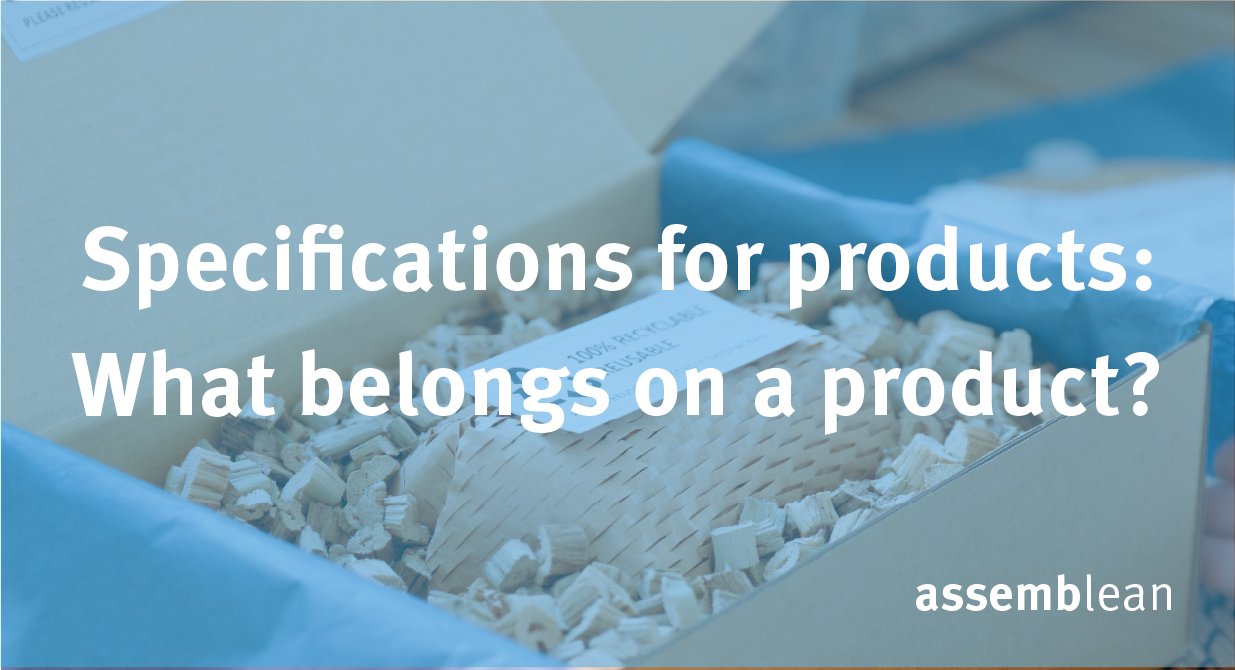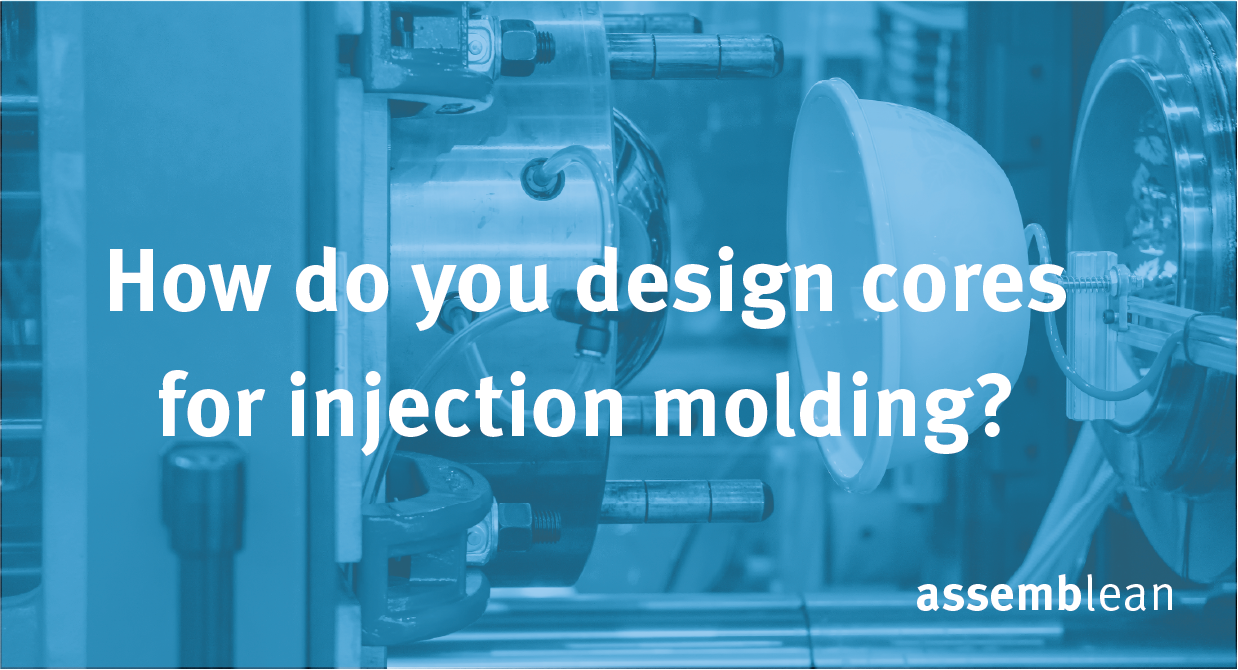The manufacturing processes of injection molding and die casting are widely used in the production of parts. In order to choose the right process for your products, you should know the differences between injection molding and die casting.
Material
One difference between injection molding and die casting is the material used.
Injection molding uses molten material, mainly plastic. This is injected into a mold (the injection mold). There, the material solidifies, takes on the shape of the cavity and is then ejected from the mold.
Polypropylene (PP) is one of the suitable materials. It is one of the most widely used injection molding plastics, often used for packaging. Polypropylene can be welded and has very good chemical resistance.
Polyethylene (PE) also has good chemical resistance. Along with polypropylene, PE is the most common plastic and is also used for packaging and films, but is more often used for pipes or cable insulation. Polyethylene is light, elastic and has high impact strength. ABS is also convincing due to its high impact strength.
ABS is a low-cost plastic that impresses with its low density and good dimensional stability. The main areas of application are the manufacturing industry, electronics applications and vehicle construction.
Nylon (PA) is a material used in the automotive sector for stable, mechanical parts. It has a high melting temperature and is wear resistant. It is also used for applications that require good chemical resistance and high strength.
For metal parts, you use die casting. This is when molten metal is injected into a mold under high pressure. Alloys based on aluminum, zinc and magnesium can be used for die casting. Aluminum alloys exhibit good corrosion and chemical resistance, and are therefore suitable for outdoor die casting and heavy-duty applications. Alloy AC-44300 is particularly suitable for these requirements. In addition, AC-46100 and AC-46500 alloys are also still widely used.
Magnesium-aluminum alloys have lower hardness and strength than comparable AI alloys. These include alloys such as:
- EN-MCMgAI9Zn1(A) (AZ91)
- EN-MCMgAI2Mn (AM20)
- EN-MCMgAI4Si (AS21)
They have high elongation, strength and good castability. Because of their heat resistance, they are used in the automotive sector, for example in engine compartments. Zinc alloys such as ZnAI4 and ZnAI4Cu1 are preferred for high-quality, dimensionally stable, accurate castings. Zinc's high melting point makes it ideal for high-temperature applications. In addition, these alloys are good conductors of electricity and heat.
Application purpose
Injection molding and die casting also differ in the application purpose.
Injection molding offers you the optimal opportunity to scale production. Although the process is suitable for large-scale production, you can adapt the process to your production needs by choosing the material of the injection mold. Thus, the process can be worthwhile for small batches of 100 parts or more.
With die casting, you can produce metal parts very economically in large batches. Complicated shapes can be produced with high precision, thin wall thicknesses and smooth surfaces.
Summary differences between Injection Molding & Die Casting
The differences of the two methods summarized are:- Material: Injection molding is used for plastic parts and die casting is used for metal parts.
- Application purpose: Injection molding can be worthwhile from a small series. Die casting is well suited for large series and complicated shapes.



